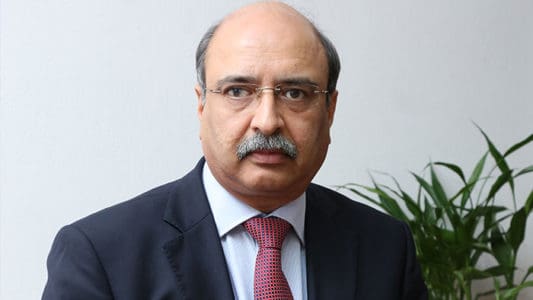
As part of pandemic-induced digital adoption, the demand for online working tools rose. Within a span of few months, sales for laptop, mobile, VPN, firewall and cloud solutions were high. But this association president questions the uneven impact it has. The cities got more digital-friendly whereas the towns and villages fell further behind.
“Online working created more demand for laptop, mobile, VPN, Firewall and cloud solutions. It depends heavily on network bandwidth. Without proper net connection, how would students’ study or how would professionals who moved back to their natives’ work? We, in the sector, cannot reach out for net in rural areas. It is not only in rural but urban areas cable and mobile bandwidths are not good either. It is important for the Internet spread should not only be about the increase in speed but should also extend geographically,” said Viral Kantawala, President, SITA (South Gujarat Information Technologists Association).
South Gujarat Information Technologists Association is the pioneer’s name among the associations of Information Technology Trade with India. It is registered and located in the city of Surat, which covers the region from Vapi to Bharuch, including the Valsad, Navasari, Surat and Ankleshwar. It has been an authentic voice of the IT Industry in the southern part of Gujarat. It was formed in July-1996 to facilitate IT Trade and Industry and encourage technological advancements in this region.
Improvement in Digital Adoption
Even in Tier 2/3 cities, the bandwidth is weak. The players in those regions are very few and the consumers have very few options available. These options are with limited bandwidth, added Viral.
For this to change, the digital adoption should be taken forward in much of a much healthier pace covering all parts of the country. India’s biggest GDP contributor, MSME, still fear going digital. The high prices and security issues caused this fear. During the Pandemic, the world saw some of the stronger players getting hacked. With cyber crimes going up, it has further created more fear among them.
“Let’s understand the only way for a healthier digital adoption to take place in the country is possible if the infrastructure improves. When we work on developing this, we should also take into consideration of the security measures. Security software’s should be taken more seriously by everyone who has data to be protected,” added Viral
Price Factors That Keep Customers Away
The biggest factor that makes the customer back away from going digital is the price. The MSME cut down their budgets on digital infrastructure, as the products and software’s available are much costlier than what some of them could afford. This causes them to opt for the cheaper ones.
“Software’s needed to get cheaper. We need to understand that not all MSME’s can afford pricier software. There should be more MSME budget friendlier ones in the market. As for the hardware, the market is currently the seller’s market. The entire country has been facing supply shortage with an uncertain future on when this would get better,” added Viral.
He further added that every hardware seller is helpless in this situation as the issue was at the national distributors and manufacturers level. The prices have skyrocketed in a span of few months. The industries hope these issues get solved sooner as the market has been seen some sales happening in the last two/three weeks added Viral.
Post-Second wave Business
“The financial year 2021 started off partially recovering with good hope. Then we had the second wave lockdown. Most of our business went to standstill. Only now for the past two to three weeks most of the offline business have started but major projects are still on hold,” said Viral.
The biggest revenue generator for the hardware sellers is the infrastructural project. Many have put this on hold since the first wave. There has been no inclination to restart these as the future still remains uncertain with the warning for a third wave in the country.
Viral adds that if the market is stable for at least 3 months, there might be a possibility for the projects on hold to start. Even this looks like something that cannot be possible with the fear of the third wave and the foreign nations seeing an uptick in Covid cases.
SITA For Its Members
Even during this tough time, SITA had constantly ensured to help its members through any hindrance. COVID impact on IT sector has been high particularly in the retail sector. Dealers in the retail and education sector were severely affected whereas dealers connected with medical, pharma and government had less impact.
It requested special permission for members to work during the pandemic, as many were dealing with essential services. SITA has been coordinating with various government departments that can be helpful to dealers. SITA conducted over 40 knowledge and skill-building webinars during lockdown for technical and commercial topics.
Lorem ipsum dolor sit amet, consectetur adipiscing elit, sed do eiusmod tempor incididunt ut labore et dolore magna aliqua. Ut enim ad minim veniam, quis nostrud exercitation ullamco laboris nisi ut aliquip ex ea commodo consequat.












